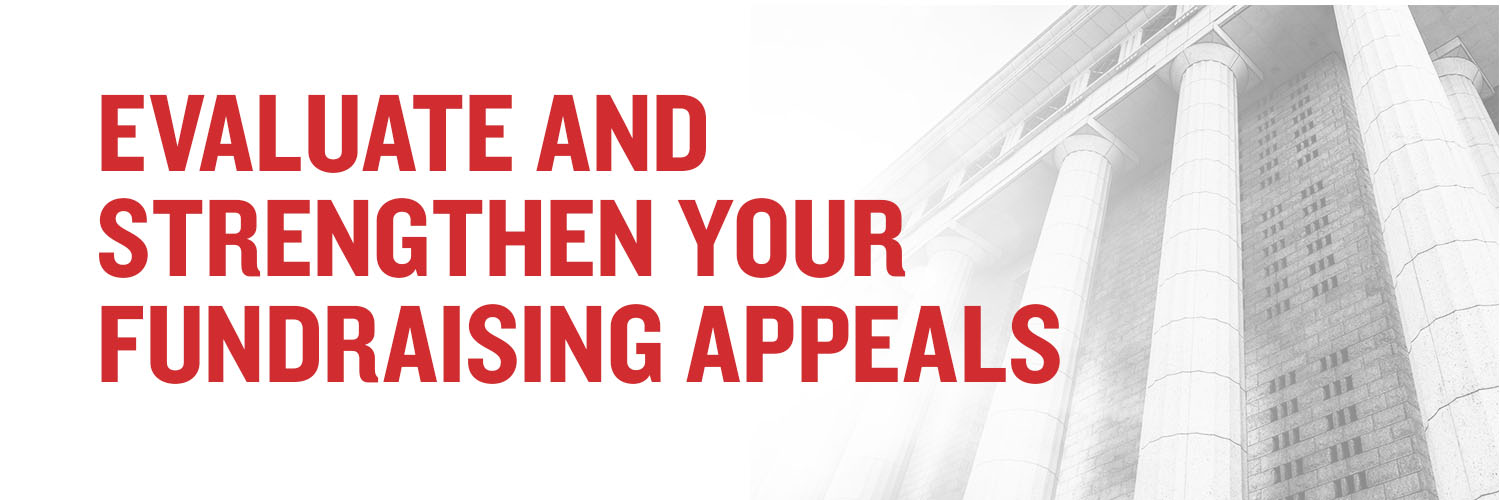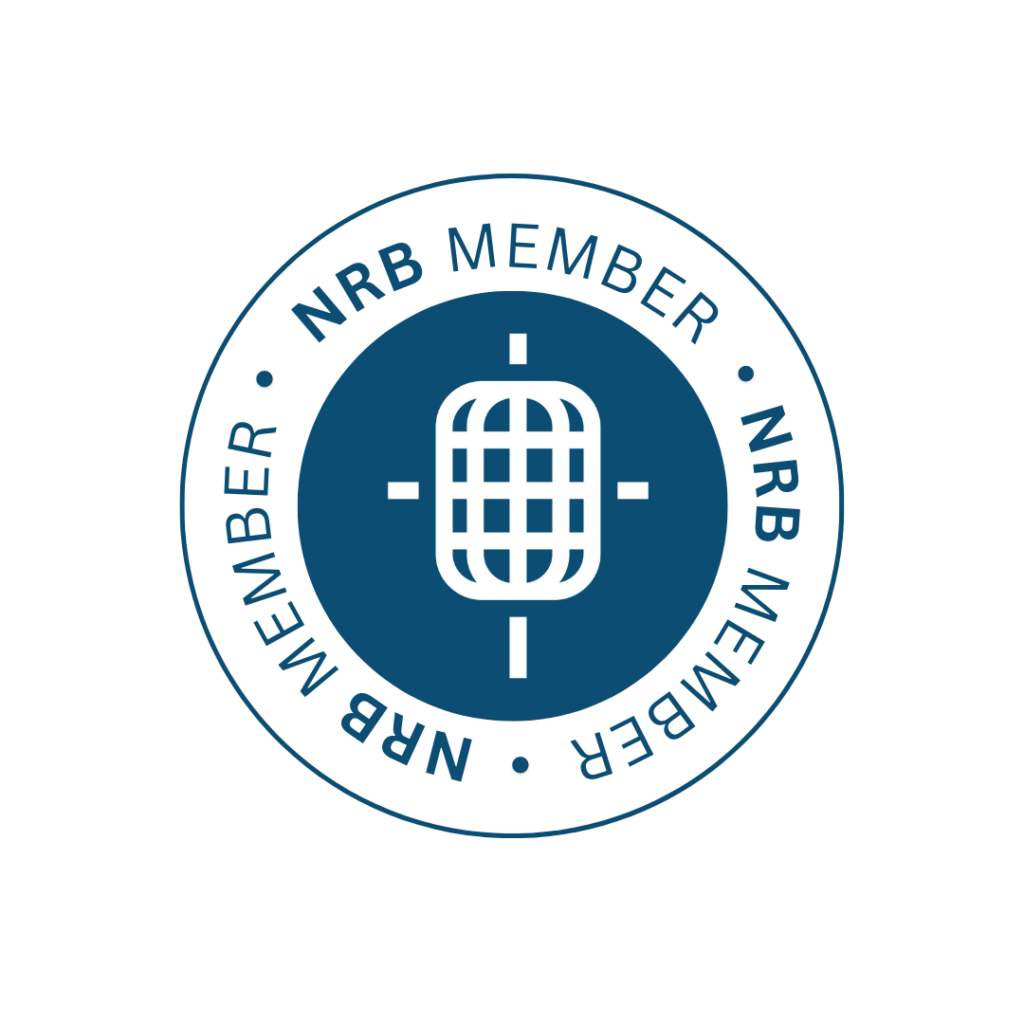Evaluate and Strengthen Your Fundraising Offer
SENIOR CREATIVE DIRECTOR
2022’s buzzword: Uncertainty. A year filled with twists and turns . . . and if we are guaranteed one thing in 2023, it’s probably more curveballs. Uncertainty is the new certainty, it’s true. But as you look forward to the great things in store for your organization—I am certain of this: Now is a good time to evaluate and strengthen your fundraising appeals.
Why? Because with uncertainty comes the increased need for certainty through the life-changing impact of your organization—and that is a mission your donors want to support.
A colleague of mine always says, “People give money for two reasons: to make good things happen or to stop bad things from happening” . . . and as I am sure you know, your fundraising offer should be the answer to both! But with a strong fundraising offer—a compelling motivator to give—comes the need for clarity in messaging around donor impact.
Donors need to know what their money will do for those you serve, especially in times of uncertainty. And because they’re not in your workflow or as familiar with the nuances of your organization as you are, you should consider how you can engage your donors in every season.
We use five fundamental questions to build strong, clear fundraising appeals that compel donors to respond with generous financial gifts, and I want to share these with you:
1. What is the problem or opportunity?
It’s important to give the right amount of context when you are presenting the problem or opportunity. Don’t be generic on a wide issue—like hunger, the environment, or homelessness—but also, don’t be too specific without proper context.
EXAMPLE—This winter, people in our community are in danger . . . living on the streets in the cold, struggling to find warm and safe shelter, or even a simple meal.
2. How is your organization solving the problem or meeting the need?
When you share how your organization is working to solve this problem or meet this need, be sure to speak of outcomes, not just outputs. It isn’t about the number or statistics; it is about the transformation of communities, people, and situations. Answering this “why?” helps your donors see exactly what their gifts help provide!
EXAMPLE—Your organization stands ready to welcome these neighbors, providing warm and safe shelter, a nutritious meal, and any of the daily essentials they might need!
3. How much will it cost your organization to meet the need or solve the problem?
Now that you’ve given your donors more context around the offer, you must share with them how much it will cost to solve the problem or meet the need. It is important not to introduce a dollar amount without the context of the other questions.
EXAMPLE—This month alone, it will cost $50,000 to provide these essentials to these neighbors in need.
4. How will the donor’s gift help solve the problem or meet the need?
Answering this question can either be a positive or a negative—what will the donor’s gifts help accomplish, or what will happen without the donor’s gifts. You can decide which direction to take to strengthen your offer.
EXAMPLE—Your gift today will help provide these neighbors in need with warm and safe shelter, a nutritious meal, and any of the daily essentials they might need . . . especially hope!
5. Why should donors give now?
After engaging donors with information from the other questions, you have an opportunity to let them know why they must give now. This must be connected to how the donor’s gifts help solve the problem, but it may be enhanced with a tactic such as a giving deadline, a matching challenge, or a financial shortfall, boosting financial results. A word of caution here: don’t get so focused on the tactic that you mistake it for an offer.
EXAMPLE—With the winter weather here to stay, subzero temperatures can be dangerous—even deadly. Your gift today will help bring our neighbors out of these deadly winter conditions and into a place of warm and safe shelter, with food and clothing!
As you build your donor communications, I would encourage you to keep these five questions top of mind to help you create an offer—the solution to a problem donors can fix—that is strong. But in truth, a strong and clear offer cannot stand alone . . . you may want to consider one more piece to the puzzle—visibility into the impact.
You have your “wow” stories: stories of hope, stories of life change. These stories are perfect opportunities to share with your donors . . . nothing sparks generosity and engagement quite like seeing the impact of what your donors made possible through your organization. So share these stories! Let them see the hope-filled, transformative work they’re an essential part of—because we all could use a little more hope in these uncertain times.
Related articles
-
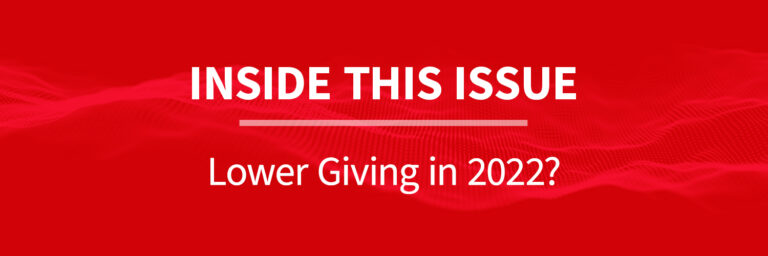
Inside the Issue: Is Your Giving Down This Year?
Many organizations are experiencing lower giving in 2022 than at any time in the past three years. Almost everyone we…
-

No Matter What, Keep Fundraising
As stewards responsible for thousands of donors, these relationships may feel overwhelming, even in optimistic seasons. But nagging uncertainty has…
-

Fundraising In Challenging Times: Tips For Success
As a seasoned fundraiser yourself, I’m sure you know that your donors give because they are aligned with your shared…

